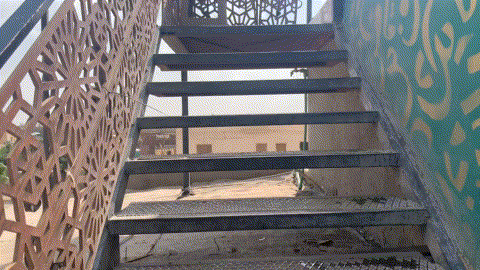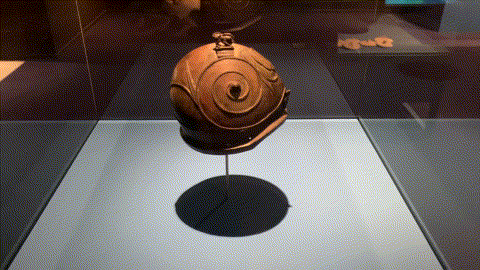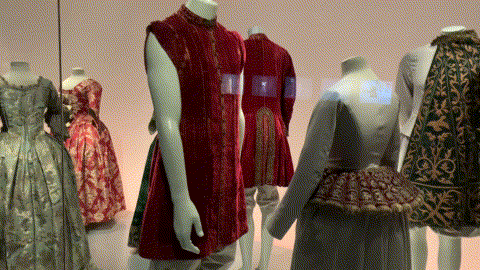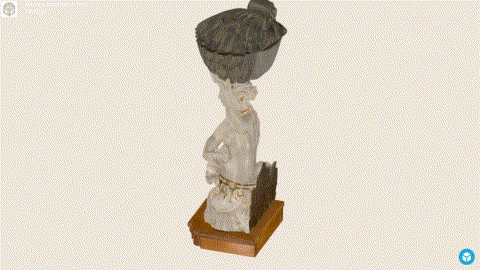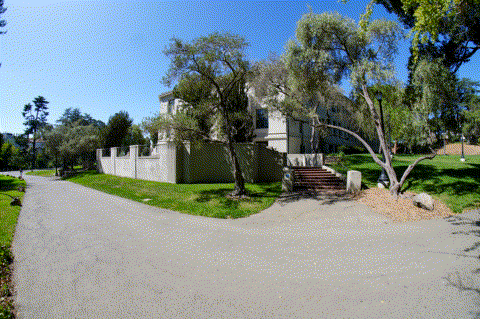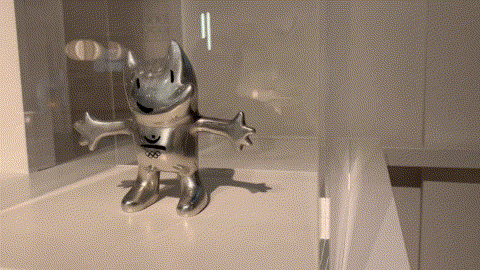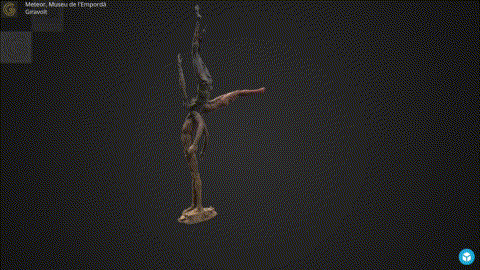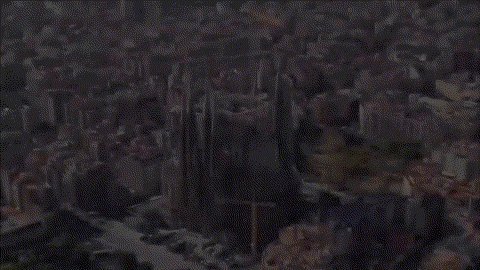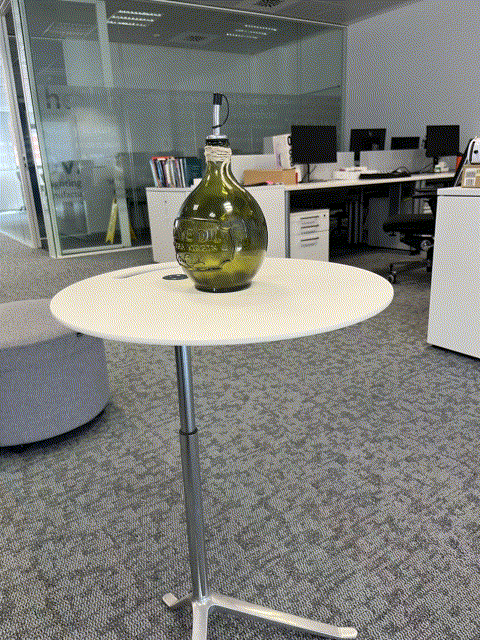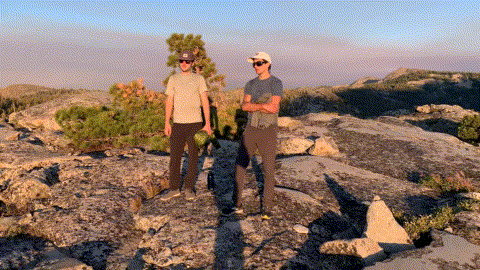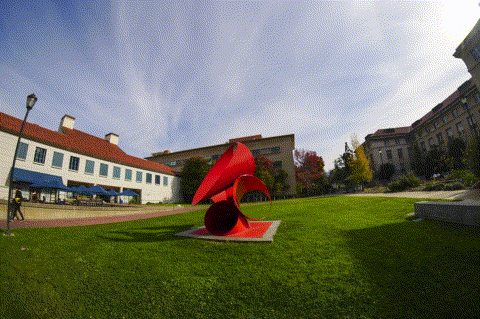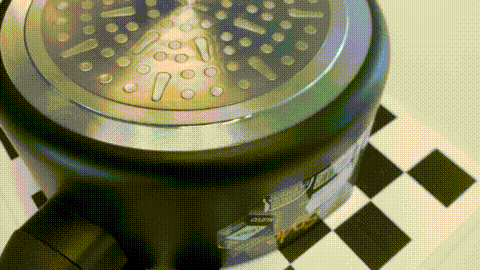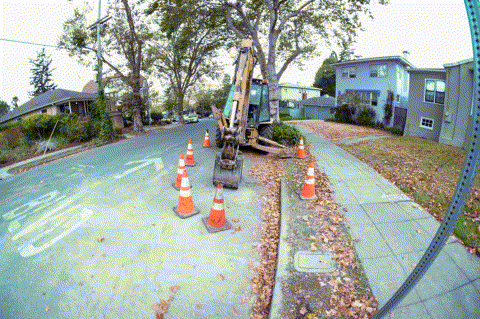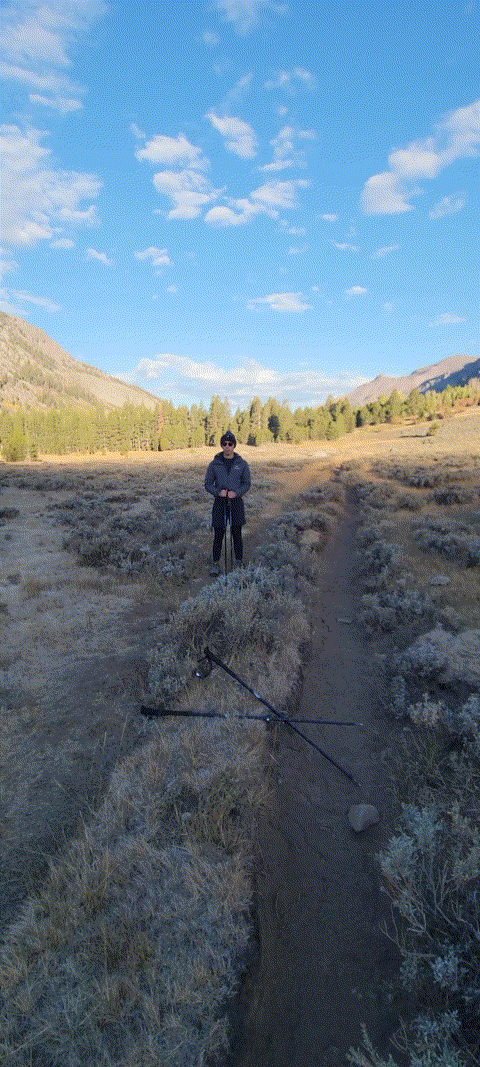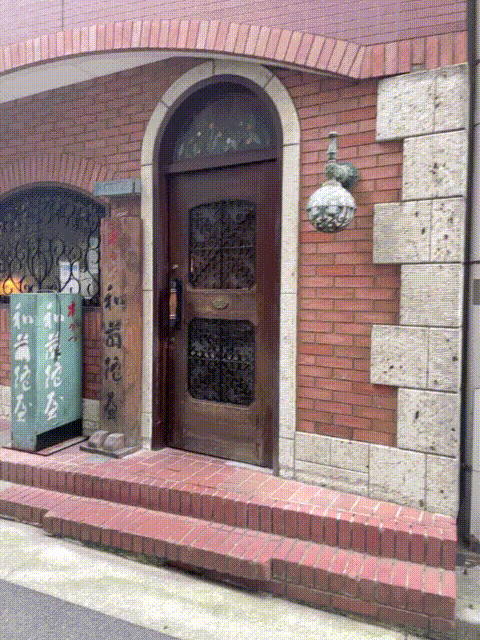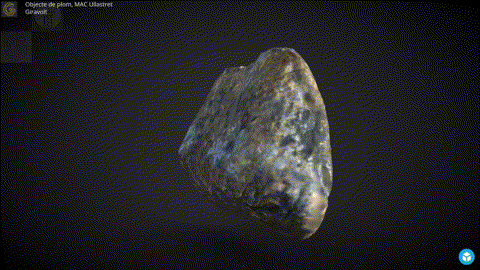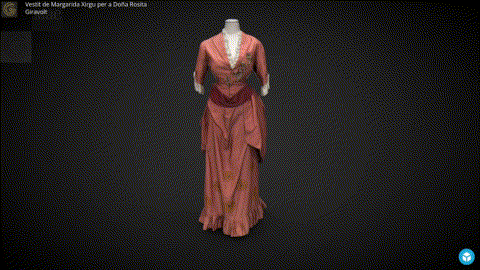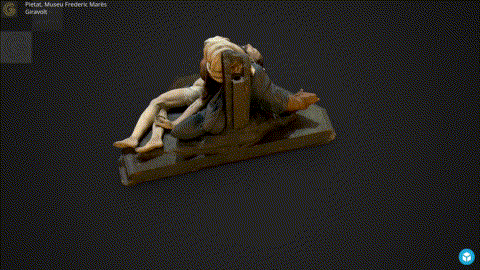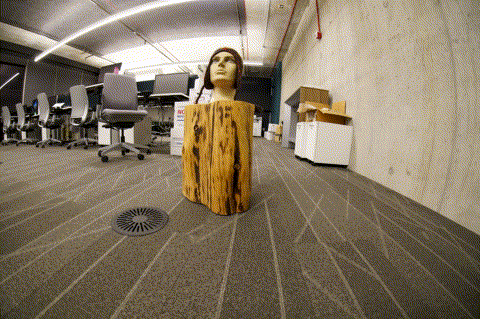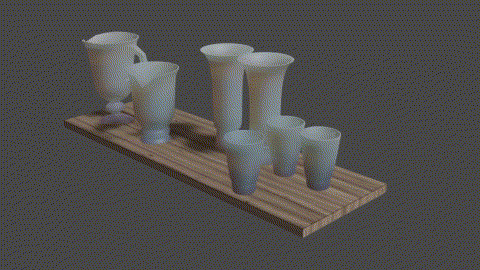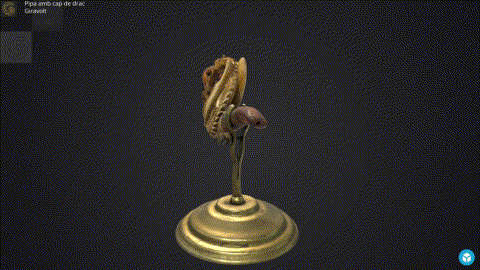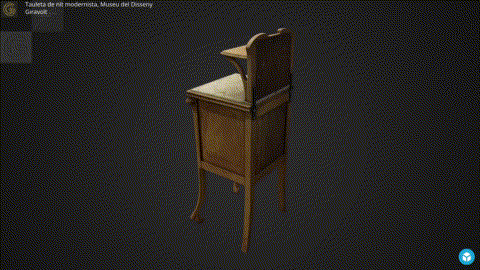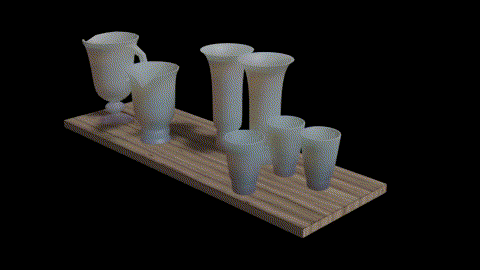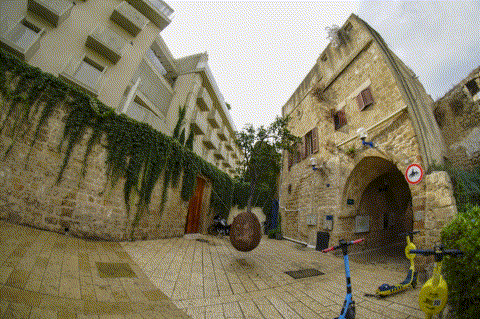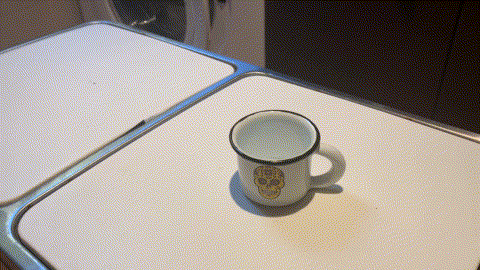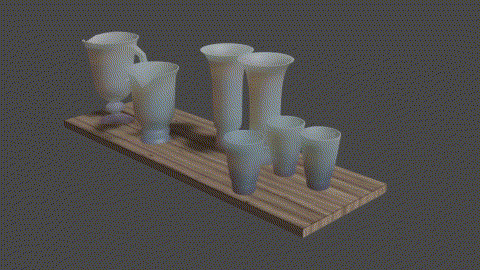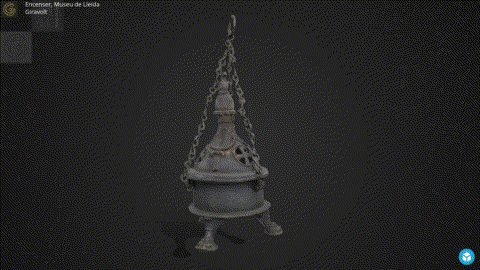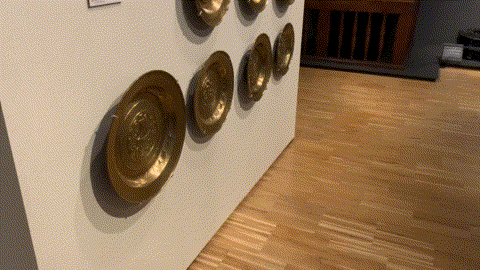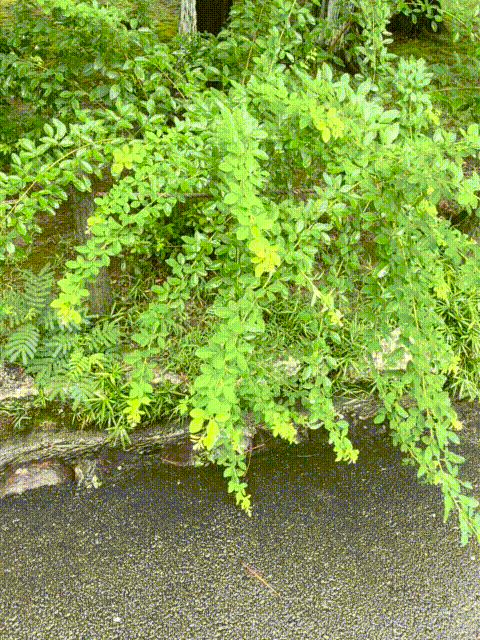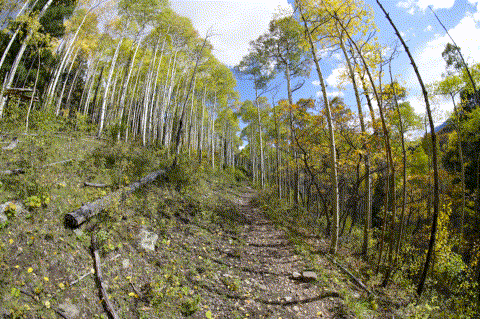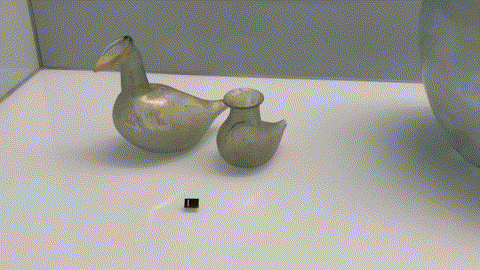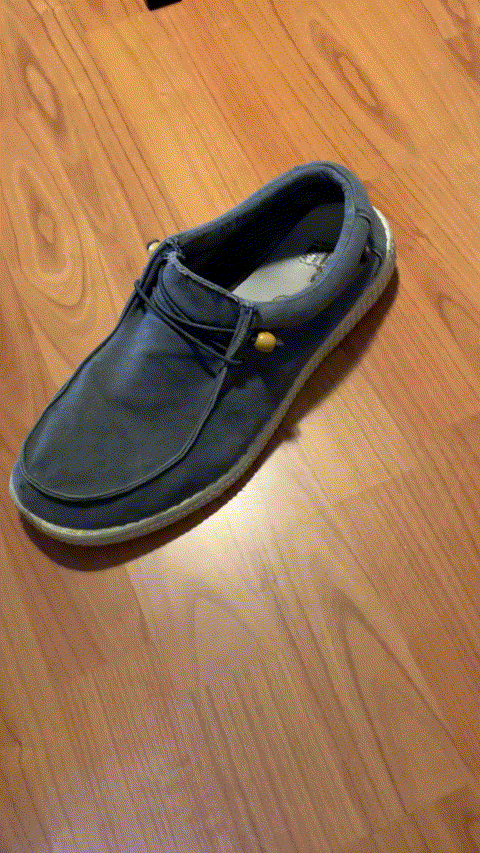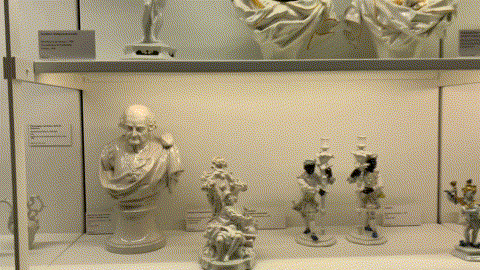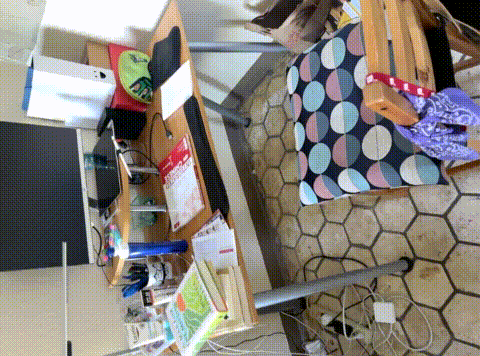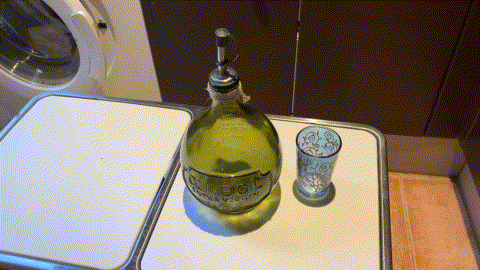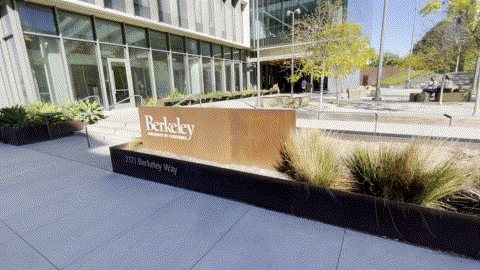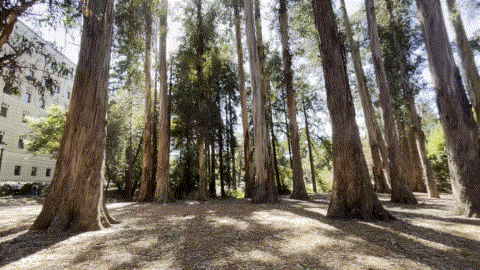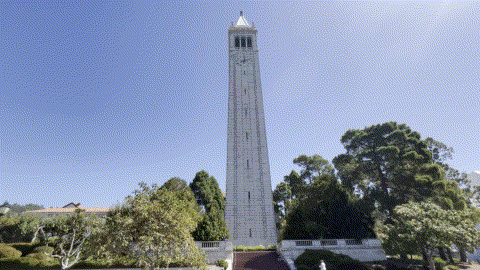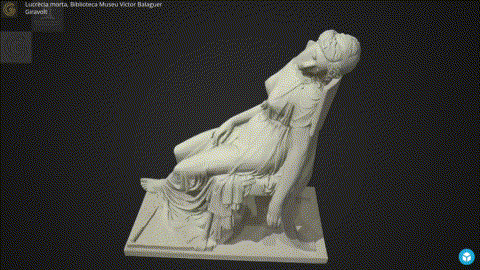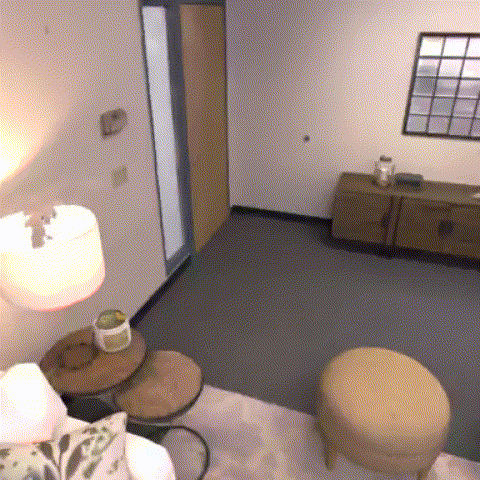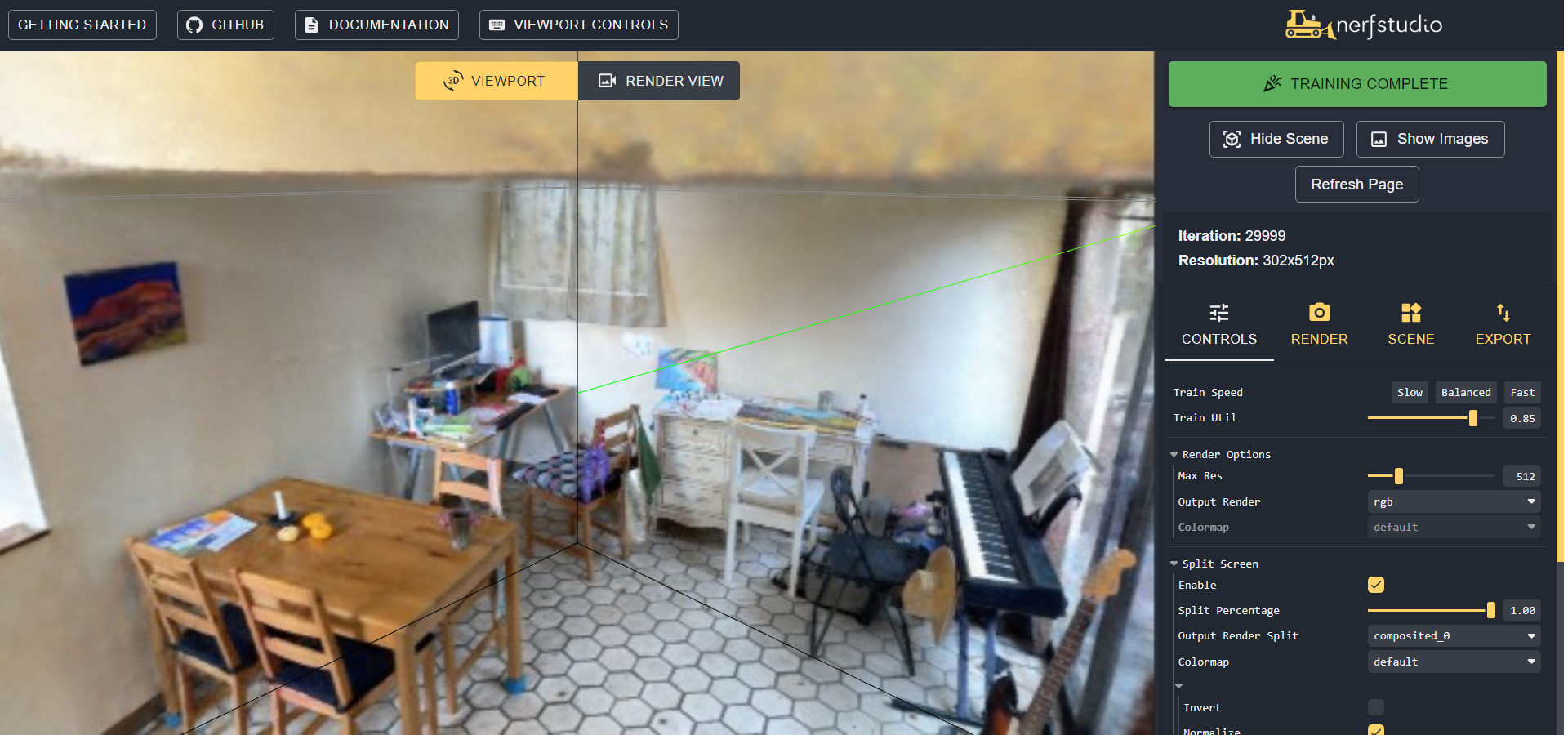Check INSTALL.md for installing all drivers and dependencies in relation to this repo.
Use process_data.sh to use ns-process, specifying the GPU, TYPE (whether 'images' or 'video'), DATASET (scene folder) and SFM (either colmap or hloc) for example:
sh process_data.sh 0 images data/nerfstudio/kitchen colmap
Alternatively, you can extract the frames from the video using ffmpeg, for example at a framerate of 1 fps:
ffmpeg -i video.mp4 -vf "fps=1" frame%04d.png
For processing an entire dataset (folder of scenes), use all_process.sh specifying the GPU, FOLDER (folder with scenes) and whether to OVERWRITE your processed files:
sh all_process.sh 0 data/nerfstudio
The script whole_process.sh will read all folders in data/, so that if you want to run all examples that exist in your data folder, then:
sh whole_process.sh 0
Use train.sh to use ns-train, specifying the GPU, MODEL and DATASET (scene folder), for example:
sh train.sh 0 nerfacto data/nerfstudio/kitchen
For training an entire dataset (folder of scenes), use all_train.sh specifying the GPU, MODEL, FOLDER (folder with scenes) and whether to OVERWRITE your outputs:
sh all_train.sh 0 nerfacto data/nerfstudio true
The script whole_train.sh will read all folders in data/, so that if you want to run all examples that exist in your data folder, then:
sh whole_train.sh 0 nerfacto
Instead, if you want to train all scenes from specific dataset with all models, use the train_dataset.sh script specifying the GPU and DATASET:
sh train_dataset.sh 0 data/nerfstudio
List of current implemented 3D reconstruction methods in Nerfstudio:
vanilla-nerf
vanilla-nerf-blender
mipnerf
nerfacto
nerfacto-big
nerfacto-huge
depth-nerfacto
instant-ngp
instant-ngp-bounded
dnerf
neus
neus-facto
tensorf
volinga
kplanes
kplanes-dynamic
tetra-nerf
tetra-nerf-original
phototourism
splatfacto
pynerf
pynerf-synthetic
pynerf-occupancy-grid
nerfbusters
generfacto
in2n
in2n-small
in2n-tiny
igs2gs
lerf
lerf-big
lerf-lite
semantic-nerfw
nerfplayer-nerfacto
nerfplayer-ngp
Here is the table of models characteristics:
| Model Name | Field | Encodings | Samplers | Renderers | Losses | Default Num Rays | Metrics Dict |
|---|---|---|---|---|---|---|---|
| vanilla_nerf | NeRFField(coarse+fine) | NeRFEncoding(position+direction) | UniformSampler, PDFSampler | RGBRenderer, AccumulationRenderer, DepthRenderer | MSELoss | num_coarse_samples: 64, num_importance_samples: 128 | PSNR, Coarse PSNR, Fine PSNR, Fine SSIM, Fine LPIPS |
| mipnerf | NeRFField (with integrated encoding) | NeRFEncoding(position+direction) | UniformSampler, PDFSampler | RGBRenderer, AccumulationRenderer, DepthRenderer | MSELoss | Inherits from VanillaModelConfig | PSNR, Coarse PSNR, Fine PSNR, Fine SSIM, Fine LPIPS |
| nerfacto | NerfactoField (HashMLPDensityField) | NeRFEncoding(position+direction) | ProposalNetworkSampler (HashMLPDensityField) | RGBRenderer, AccumulationRenderer, DepthRenderer, NormalsRenderer | MSELoss, Interlevel Loss, Distortion Loss, Orientation Loss, Predicted Normal Loss | num_nerf_samples_per_ray: 48, num_proposal_samples_per_ray: (256, 96) | PSNR, SSIM, LPIPS |
| Instant NGP | NerfactoField (SceneContraction disabled) | NeRFEncoding(position+direction, spatial_distortion_enabled) | VolumetricSampler | RGBRenderer, AccumulationRenderer, DepthRenderer | MSELoss | Auto-determined based on scene bounds | PSNR, SSIM, LPIPS |
| TensorRF | TensoRFField (TensorVMEncoding, init_resolution: 128) | TensorVMEncoding, TriplaneEncoding, TensorCPEncoding | UniformSampler, PDFSampler | RGBRenderer, AccumulationRenderer, DepthRenderer | MSELoss, TV Loss, L1 Regularization | num_uniform_samples: 200, num_samples: 50 | PSNR, SSIM, LPIPS |
| NeuS | SurfaceModel (NeuSSampler) | NeRFEncoding (Not applicable as NeuS focuses on SDF) | NeuSSampler | RGBRenderer, AccumulationRenderer, DepthRenderer | MSELoss (with focus on surface reconstruction) | num_samples: 64, num_samples_importance: 64 | PSNR, SSIM, LPIPS, Surface Reconstruction Metrics |
| NeuSFacto | NeuSField (ProposalNetworkSampler, HashMLPDensityField) | NeRFEncoding (SDF based) | ProposalNetworkSampler | RGBRenderer, AccumulationRenderer, DepthRenderer | MSELoss, Interlevel Loss | num_neus_samples_per_ray: 48, num_proposal_samples_per_ray: (256, 96) | PSNR, SSIM, LPIPS |
| SplatFacto | Gaussian Splatting | Custom Gaussian Parameters | Custom Gaussian Sampler | Custom Splatting Renderer | Custom Losses (SSIM, Scale Regularization) | Custom based on Gaussian parameters | PSNR, SSIM, LPIPS |
| DepthNerfacto | NerfactoField augmented with depth | Inherits from Nerfacto | Inherits from Nerfacto | Inherits from Nerfacto | Inherits from Nerfacto + Depth Loss | Inherits from Nerfacto | Inherits from Nerfacto + Depth MSE |
| SemanticNerfW | NerfactoField augmented with semantics | NeRFEncoding(position+direction, spatial_distortion_enabled) | ProposalNetworkSampler | RGBRenderer, AccumulationRenderer, DepthRenderer, SemanticRenderer | MSELoss, Semantic Cross-Entropy Loss | num_nerf_samples_per_ray: 48, num_proposal_samples_per_ray: (256, 96) | PSNR, SSIM, LPIPS |
| Generfacto | GenerfactoField (HashMLPDensityField) | PositionalTextEmbeddings (location-based prompting) | ProposalNetworkSampler | RGBRenderer, AccumulationRenderer, DepthRenderer, NormalsRenderer | MSELoss, SDS Loss, Distortion Loss, Interlevel Loss, Orientation Loss, Opacity Loss | num_nerf_samples_per_ray: 48, num_proposal_samples_per_ray: (256, 96) | Custom Metrics |
The default parameters are the following:
| Method Name | Losses | Proposal Optimizer | Proposal LR | Fields Optimizer | Fields LR | Camera_opt Optimizer | Camera_opt LR | Scheduler | Model and Input | Datamanager and Input | Steps | Max Num Iterations |
|---|---|---|---|---|---|---|---|---|---|---|---|---|
| vanilla-nerf | MSELoss | RAdam | 5e-4 | RAdam | 5e-4 | ExponentialDecaySchedulerConfig(lr_final=0.0001, max_steps=100000) | VanillaModel () | VanillaDataManager() | 500 | 100000 | ||
| mipnerf | MSELoss | RAdam | 5e-4 | None | VanillaModel (num_coarse_samples=128, num_importance_samples=128, eval_rays_per_chunk=1024) | VanillaDataManager(train_raysXbatch=1024) | 500 | 100000 | ||||
| nerfacto | MSELoss, distortion_loss, interlevel_loss,orientation_loss, pred_normal_loss | Adam | 1e-2 | Adam | 1e-2 | Adam | 1e-3 | ExponentialDecaySchedulerConfig(lr_final=0.0001, max_steps=30000) | NerfactoModel (eval_rays_per_chunk=32768) | VanillaDataManager(train_raysXbatch=4096, eval_raysXbatch=4096) | 500 | 30000 |
| instant-ngp | MSELoss | Adam | 1e-2 | ExponentialDecaySchedulerConfig(lr_final=0.0001, max_steps=100000) | InstantNGP (eval_num_rays_per_chunk=8192) | VanillaDataManager(train_raysXbatch=4096, eval_raysXbatch=4096) | 500 | 100000 | ||||
| tensorf | MSELoss, total_variation_loss | Adam | 0.001 | Adam | 0.0001 | ExponentialDecaySchedulerConfig(lr_final=0.0001, max_steps=100000) | TensorF (regularization="tv") | VanillaDataManager(train_raysXbatch=4096, eval_raysXbatch=4096) | 500 | 100000 | ||
| semantic-nerfw | MSELoss | Adam | 1e-2 | Adam | 1e-2 | None | SemanticNerfWModel (eval_rays_per_chunk=65536) | VanillaDataManager(train_raysXbatch=4096, eval_raysXbatch=8192) | 500 | 100000 | ||
| dnerf | MSELoss | RAdam | 5e-4 | RAdam | 5e-4 | None | VanillaModel (enable_temporal_distortion=True, temporal_distortion_params={"kind": TemporalDistortionKind.DNERF}) | VanillaDataManager() | 500 | 100000 | ||
| phototourism | MSELoss | Adam | 1e-2 | Adam | 1e-2 | Adam | 1e-3 | ExponentialDecaySchedulerConfig(lr_final=1e-4, max_steps=100000) | NerfactoModel (eval_rays_per_chunk=32768) | VanillaDataManager(train_raysXbatch=4096, eval_raysXbatch=4096) | 500 | 100000 |
| generfacto | MSELoss | Adam | 1e-3 | Adam | 5e-4 | None | GenerfactoModel (eval_rays_per_chunk=32768, distortion_loss_mult=1.0, interlevel_loss_mult=100.0, max_res=256, sphere_collider=True, initialize_density=True, taper_range=(0, 2000), random_background=True, proposal_warmup=2000, proposal_update_every=0, proposal_weights_anneal_max_num_iters=2000, start_lambertian_training=500, start_normals_training=2000, opacity_loss_mult=0.001, positional_prompting="discrete", guidance_scale=25) | RandomCamerasDataManager(horizontal_rotation_warmup=3000) | 500 | 100000 | ||
| neus | MSELoss | Adam | 5e-4 | None | NeuSModel (eval_rays_per_chunk=1024) | VanillaDataManager(train_raysXbatch=1024, eval_raysXbatch=1024) | 500 | 100000 | ||||
| neus-facto | MSELoss | Adam | 1e-2 | Adam | 5e-4 | Adam | 5e-4 | MultiStepSchedulerConfig(max_steps=20001, milestones=(10000, 1500, 18000)) | NeuSFactoModel (eval_rays_per_chunk=2048, sdf_field=SDFFieldConfig(num_layers=2, num_layers_color=2, hidden_dim=256, bias=0.5, beta_init=0.8, use_appearance_embedding=False), background_model="none") | VanillaDataManager(train_raysXbatch=2048, eval_raysXbatch=2048) | 500 | 100000 |
| splatfacto | MSELoss | Adam | 0.00016 | Adam | 0.0025 | Adam | 0.001 | ExponentialDecaySchedulerConfig(lr_final=0.0001, max_steps=100000) | SplatfactoModel () | FullImageDatamanager(load_3D_points=True, cache_images_type="uint8") | 500 | 100000 |
Use render.sh to use ns-render, specifying the GPU, MODEL, DATASET (scene folder), RESOL for resolution scaling (default 1) and OVERWRITE:
sh render.sh 0 nerfacto data/nerfstudio/kitchen 1 false
For rendering all output files, use all_render.sh specifying the GPU, RESOL and whether to OVERWRITE your outputs:
sh all_render.sh 0 1 false
Use eval.sh to use ns-eval, specifying the GPU, MODEL, DATASET (scene folder):
sh eval.sh 0 nerfacto data/nerfstudio/kitchen
For rendering all output files, use all_eval.sh specifying the GPU and whether to OVERWRITE your outputs:
sh all_eval.sh 0 true
The outputs will appear as .json in your outputs/ folder. To stack all the results in one csv you'd need to run all_benchmark.sh to convert and stack the results in one unique .csv, which will be saved in your benchmarks/ folder; specifying the GPU and the outputs/ folder (already set by default).
sh all_benchmark.sh 0 outputs
Use export.sh to use ns-export, specifying the GPU, MODEL, DATASET (scene folder) and SCALE:
sh export.sh 0 nerfacto data/nerfstudio/kitchen 1
For exporting all output files, use all_export.sh specifying the GPU, SCALE and whether to OVERWRITE your outputs:
sh all_export.sh 0 1 true
You can also compare Point Cloud Distances between algorithms using open3d:
python compare.py --scene kitchen --type pcd
(note: you can add the flag --visualize True to view a color-coded [red-green] comparison)
To compare with all the exported examples, use:
sh all_compare.sh 0 exports pcd
To view all data examples as gifs, use whole_showcase.sh specifying the GPU and whether to OVERWRITE your outputs:
sh whole_showcase.sh 0 true
For specific dataset cases, use all_showcase.sh specifying the GPU, DATASET (scene folder) and whether to OVERWRITE your outputs:
sh all_showcase.sh 0 data/nerfstudio/kitchen true
You can also visualize examples using open3d:
python visualize.py --scene kitchen --type mesh
Check BENCHMARK-AI4H1.md for a short benchmark set of Cultural Heritage examples.
Region proposals with LERF
Installation:
python -m pip install git+https://github.com/kerrj/lerf
To use LERF we simply need to run our training train.sh script selecting the lerf model, such as:
sh train.sh 0 lerf data/nerfstudio/kitchen
Then run the viewer separately, prompting the segmentation category target manually inside the new viewer's lerf textbox.
| "chair" | "guitar" | "walls" |
|---|---|---|
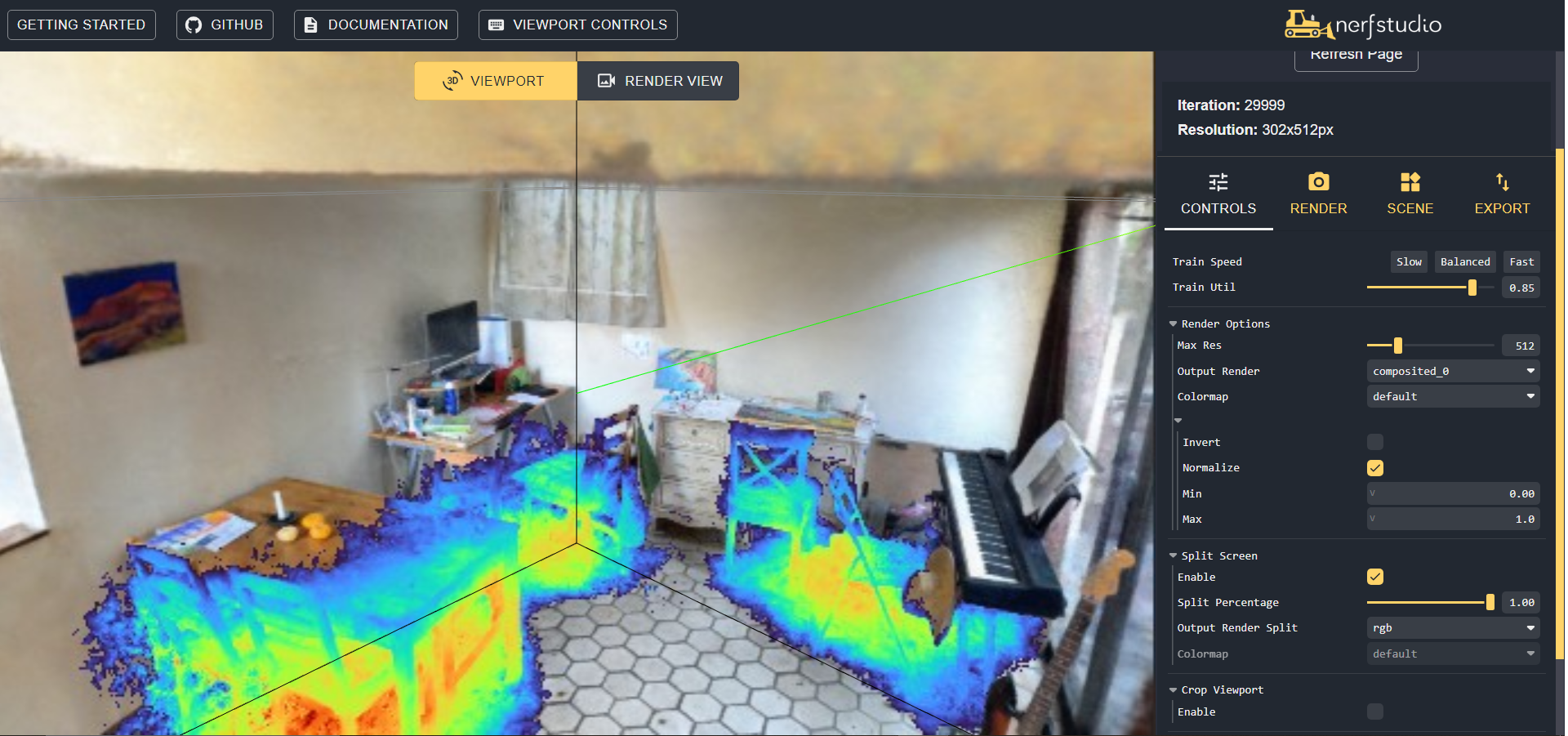 |
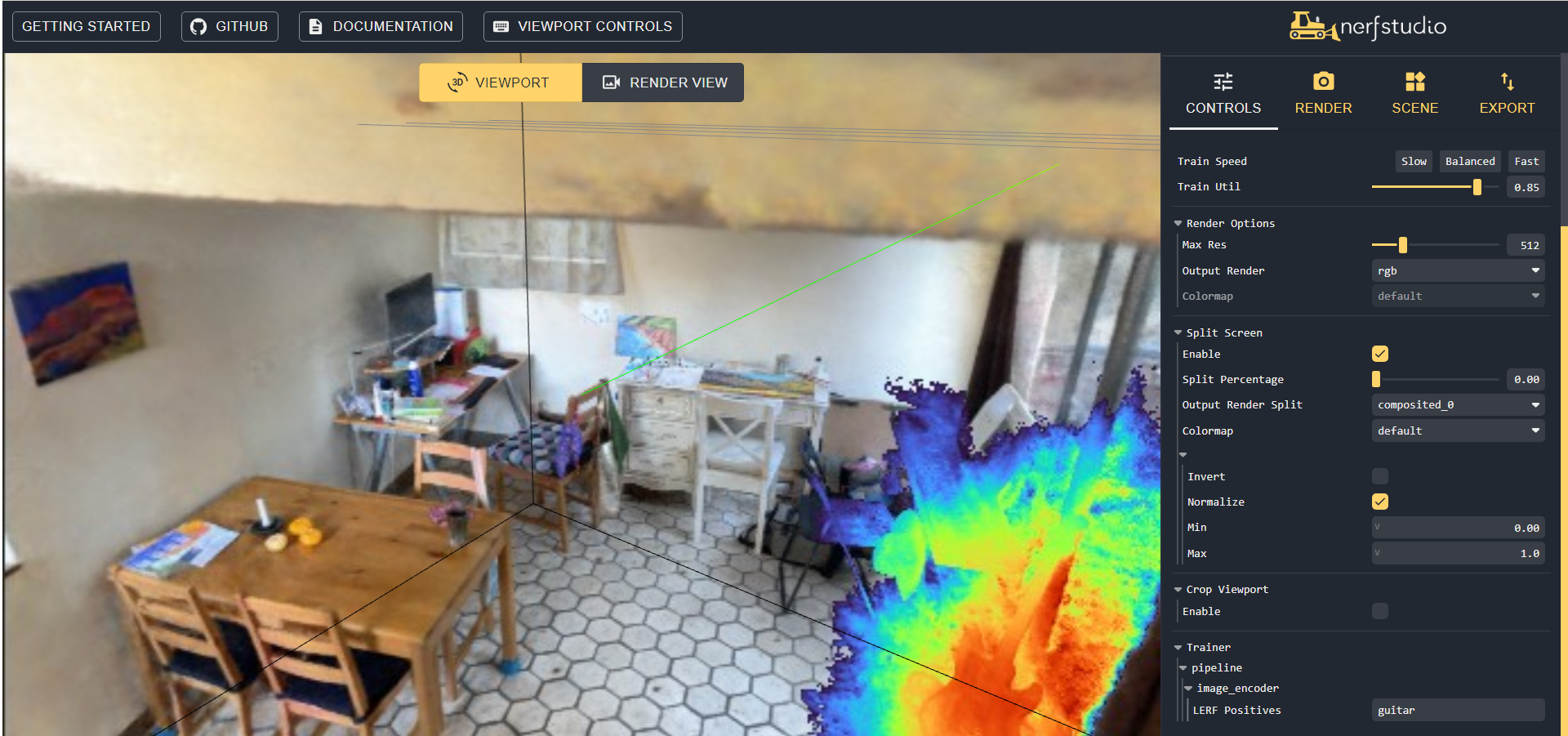 |
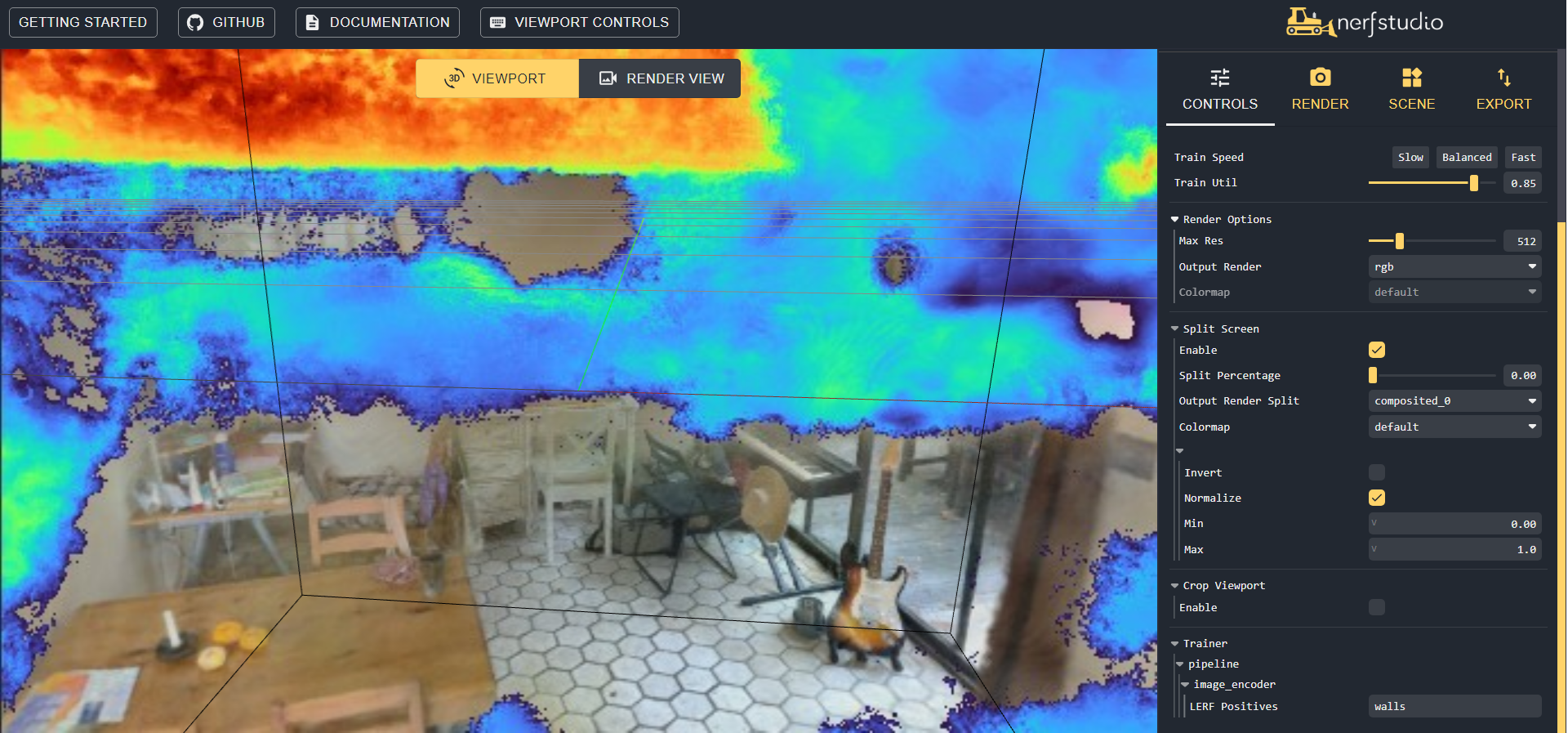 |
| "piano" | "computer" | "window" |
|---|---|---|
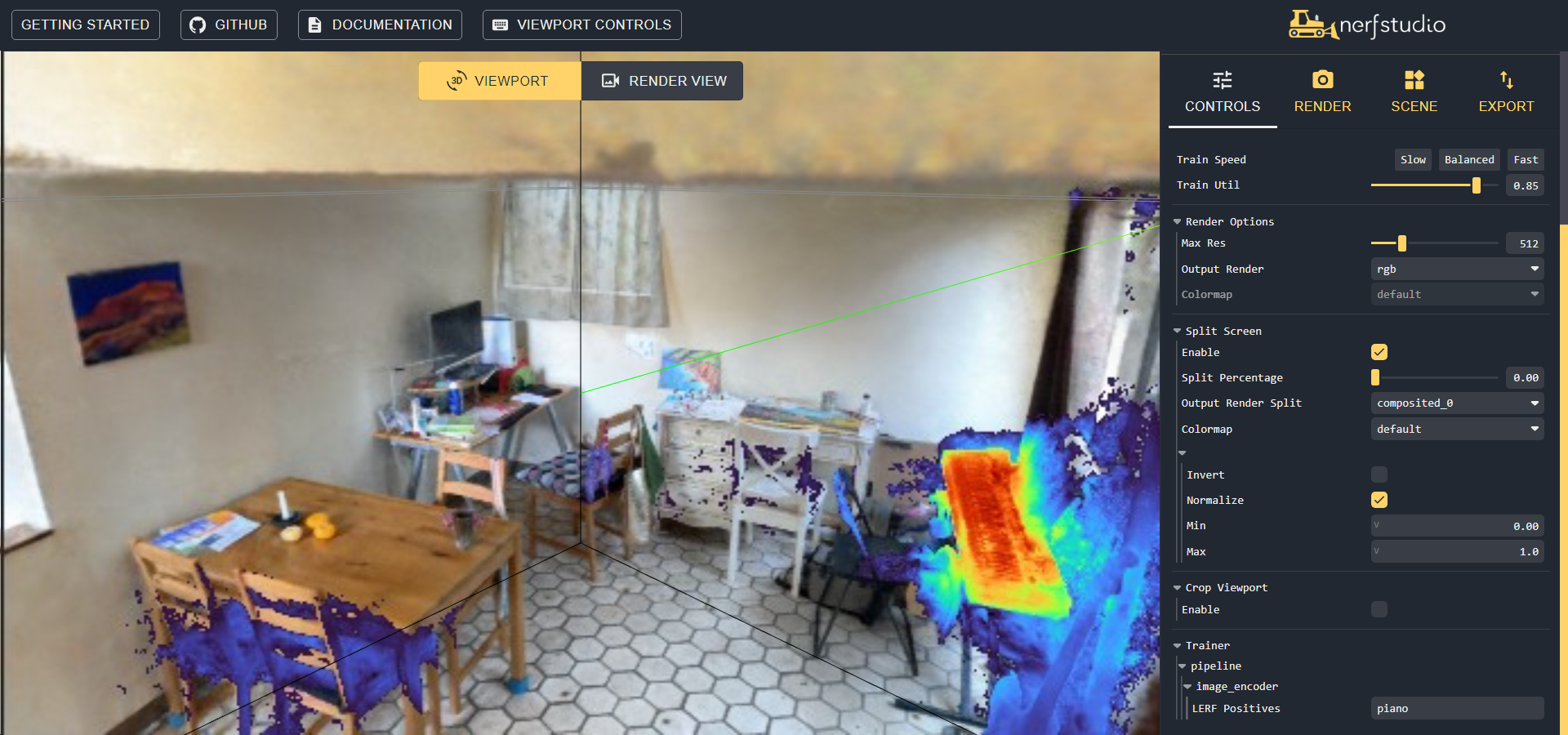 |
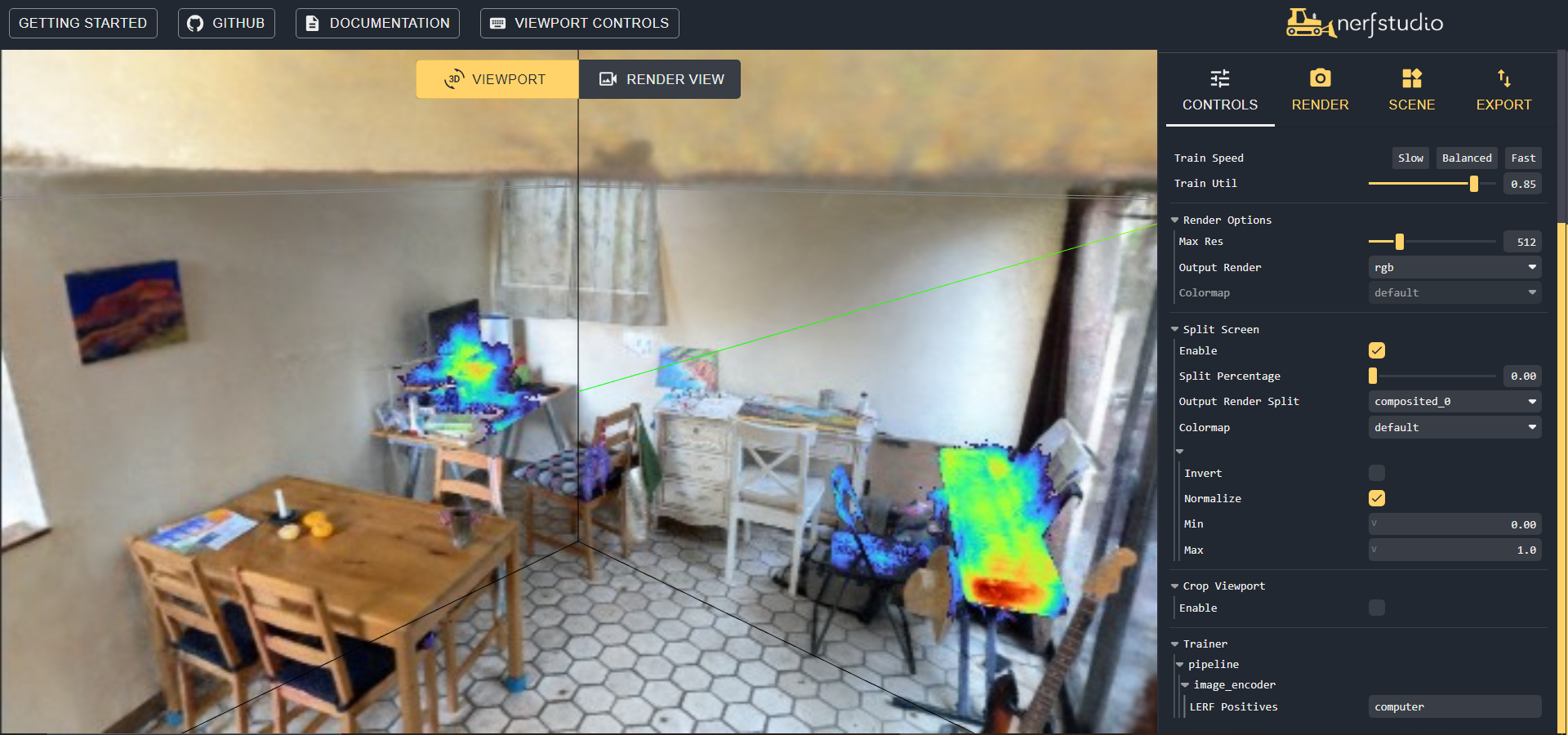 |
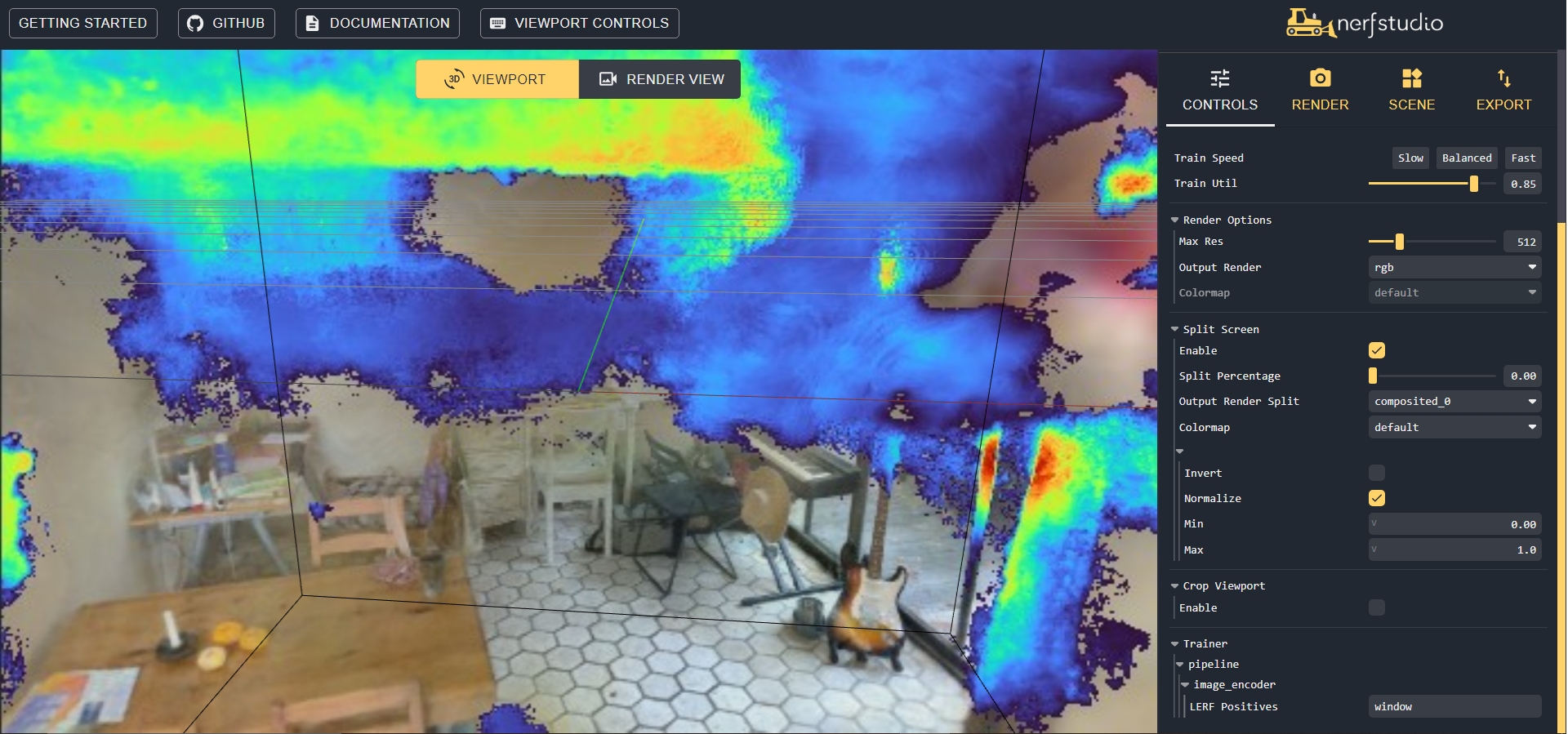 |
Instruct-Nerf2Nerf using nerfacto
Installation:
python -m pip install git+https://github.com/ayaanzhaque/instruct-nerf2nerf
To use this we built a script instruct.sh in which you can run ns-train in2n with specific GPU, MODEL, DATASET (scene folder), PROMPT (the edit target prompt you can enter), GSCALE and ISCALE, for example:
sh instruct.sh 0 nerfacto data/nerfstudio/kitchen "convert the piano to drums" 7.5 1.5 in2n
Instruct-GS2GS using Gaussian Splatting
Installation:
python -m pip install git+https://github.com/cvachha/instruct-gs2gs
To use this we built a script instruct.sh in which you can run ns-train igs2gs with specific GPU, MODEL, DATASET (scene folder), PROMPT (the edit target prompt you can enter), GSCALE and ISCALE, for example:
sh instruct.sh 0 splatfacto data/nerfstudio/kitchen "convert the piano to drums" 12.5 1.5 igs2gs
Playing 3D Videos in Nerfplayer
Installation:
python -m pip install git+https://github.com/lsongx/nerfplayer-nerfstudio.git
Usage (use either nerfplayer-ngp or nerfplayer-nerfacto):
sh train.sh 0 nerfplayer-ngp data/dycheck/mochi-high-five
Semantic Segmentation with Semantic Nerf
Usage:
sh train.sh 0 semantic-nerfw data/sitcoms3d/Friends-monica_apartment
Check Nerfstudio's Semantic-Nerfw Source Code here
3D model generation with Generfacto
"a high quality photo of a pineapple"

Install dependencies (huggingface-hub and diffusers will be authomatically installed from the requirements.txt file)
python -m pip install -e .[gen]
Create a token for HuggingFace here, then login in terminal before running Generfacto. Note: For DeepFloyd you need to accept the Licence agreement here using the account from your access token.
huggingface-cli login
Example Generfacto run:
ns-train generfacto --prompt "a high quality photo of a pineapple" --pipeline.model.diffusion_model "stablediffusion"
The first time you run this method, the diffusion model weights will be downloaded and cached from Hugging Face, which may take a couple minutes. Specify which diffusion model to use with the diffusion, either "stablediffusion" or "deepfloyd".
